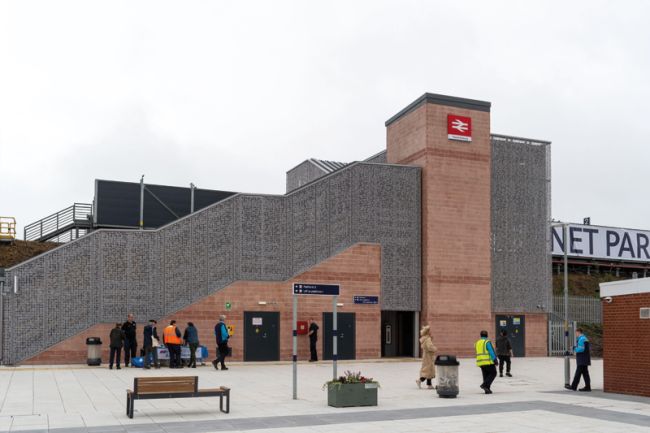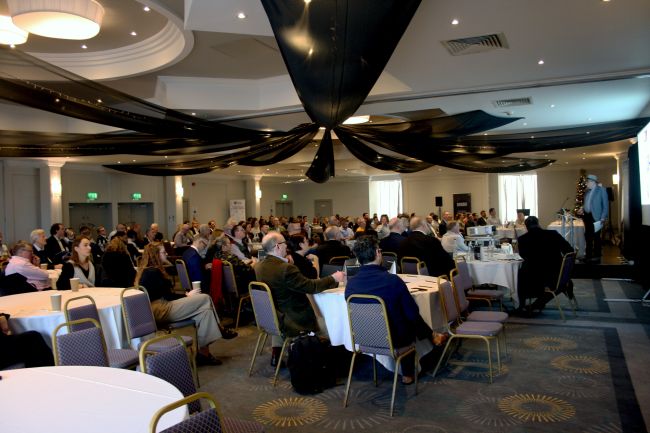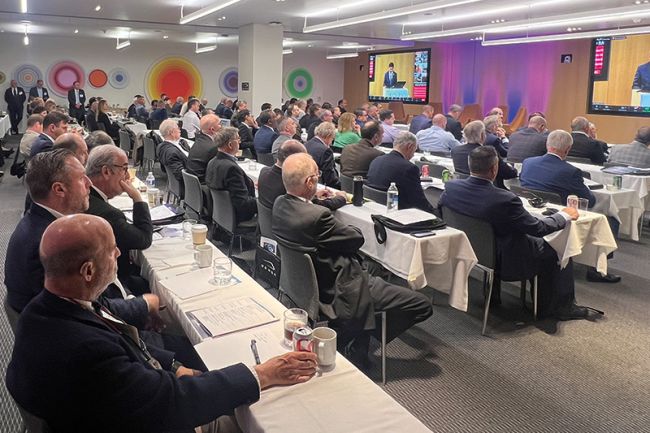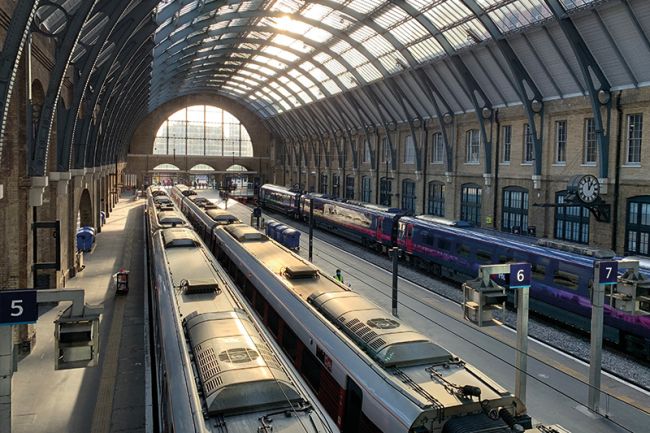The Railway Bill: Building a new railway sector for Britain
Nine months after the UK Government’s initial proposal for legislative reform, the Railways Bill now sets out the framework for a new era in Britain’s railway sector. While the Bill establishes Great British Railways, reshapes oversight, and redefines funding processes, questions remain about how effectively it will turn policy ambition into real-world change.

It has been nine months since the UK Government set out its proposal for legislative reform of Britain’s railway sector, and today we can see the final form of their proposed legislation before Parliament.
As I commented in February, legislative reform is not and cannot be the entirety of the sector’s reform. However, it is worth taking stock of the headline propositions within the Railways Bill:
- Secretary of State sets long-term strategy and policy intent
- Creation of a more autonomous railway body, Great British Railways (GBR), including decision-making over capacity allocation and access charges
- A new Passenger Watchdog
- A revised mandate for the Office of Rail & Road (ORR)
- More power or influence is afforded to Mayors
- Statutory growth targets on the Secretary of State and GBR for rail freight – Freight Operators implicated by access reforms but otherwise untouched
- No change proposed for ROSCOs
- Continuation of current funding arrangements, i.e. 5-year periodic review and separate Spending Review
The anticipated new world
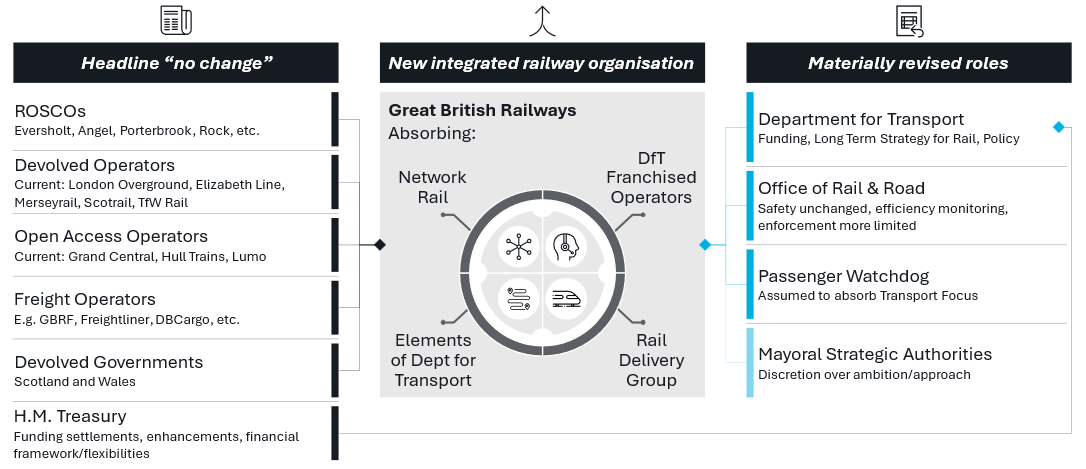
The Railways Bill: The detail
The major change that many in the sector will focus on is the reform of access, with So Great British Railways (GBR) anointed as the ultimate decision-maker and the ORR retreating to the position of process arbiter. There can be little more important than who and how decisions on the allocation of scarce capacity are made, and how the resulting timetable is created.
The ORR’s role remains material and independent of the Government. It will be the safety regulator for the sector and has a role regarding market competition. However, its economic regulation, through, for example, charge setting, is now reduced; instead, it becomes an expert advisor to the Secretary of State on the business performance of GBR and the proposals it makes for access charging. It also gets to enforce against GBR’s light licence issued by the Secretary of State (Operators' licences are still issued by the ORR).
More subtle (but perhaps more powerful change in the long run) will be the role that Mayoral Strategic Authorities might play in shaping their local rail networks. Whilst the Bill is less specific about the levers these bodies will ‘automatically get to pull’, it’s clear that they are to be afforded due respect as a statutory consultee and can agree special arrangements with GBR, which has the challenge of working with mayoral ambitions and preserving a national network.
The consultation document and Department press releases in February focused heavily on a ‘strong Passenger Watchdog’ to protect passengers’ interests, and the Bill delivers on the promise to create such an entity. It is notable that the headline narrative suggests that its standards and oversight will apply to all operators. This commentator is less convinced of its importance and value than the hyperbole.
As for much of the end-state sector now proposed, the proof will be in the capability of the organisations, how they are led, and how they interact with their other parties. I think it is fair to say that the post-privatisation era of British Rail was not characterised by maturity and pragmatism in organisational relationships. We will need to see if demands for engagement from the Department, ORR, Passenger Watchdog, devolved Governments, Mayors, etc., are coherent and effective or produce a non-productive and cognitive overload for GBR.
In terms of process, an item to note is that there will continue to be two principal funding processes. A five-year funding cycle for the operations, maintenance and renewal of the infrastructure, and a three-year cycle (defined by Spending Reviews) to set the level of funding for passenger train services.
The missing mortar
As someone who has laboured hard on three different rail reforms, including on the Williams Review, since 2019, it is truly an achievement to have finally got a Bill in front of Parliamentarians. Navigating the politics of Whitehall, devolved Government, a sceptical Treasury and a changed set of politicians and policies is no mean feat.
Earlier this year, I noted that there were several facets where reform mechanics were not yet clear or where the degree of ambition for change was uncertain. Steer flagged that one of these was how the reformed railway would preserve and enhance the link to markets and entrepreneurialism. This important facet of an agile commercial operator working to realise value and deliver public services remains to be defined, not least because it’s arguably not a feature of legislation.
A resilient wall
The Secretary of State promised in February that “The Bill will enable us to establish GBR and give it the authority and autonomy it needs to run the network in the public interest. It will enable GBR to be empowered and drive better performance, increased revenue and cost reduction in the interests of passengers, freight customers and taxpayers.”
Some fear that proposition because of the headline incentive for GBR to favour its own services and revenues. Others fear that the autonomy will be less than real with a reluctant DfT and Treasury all too ready to interfere in prioritisation and to avoid or defer necessary decisions that could cause headlines for the Government of the day.
We will now have to wait to see what Parliament and the wider sector make of the legislative proposals. Too bold? Not bold enough? Not enough detail on the practicalities?
I suggested at today’s Railway Industry Association annual conference that the new Bill might present 30-40% of the reform the sector needs to go through and deliver. The details of culture, incentives, process, organisational design and capabilities are all still to emerge and will be powerful forces on ultimate success.
Notwithstanding this, the legislative wall is now being formed, and hopefully we can now get a better perspective from the top of it to speed us to the end-state of a high-performing railway serving its users, the nation and its communities.




